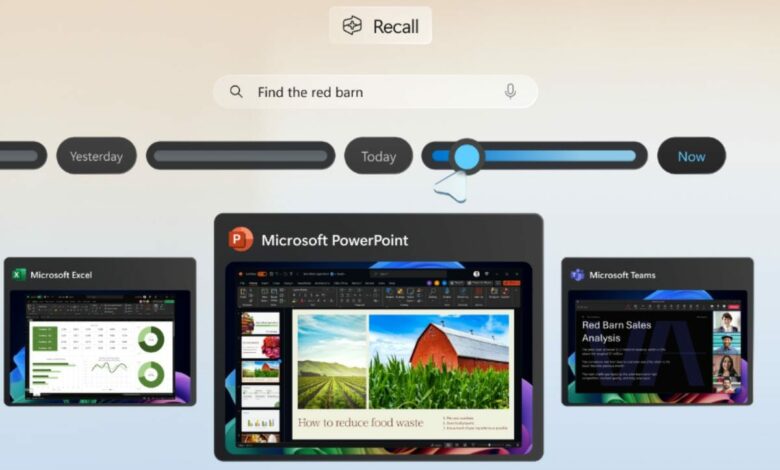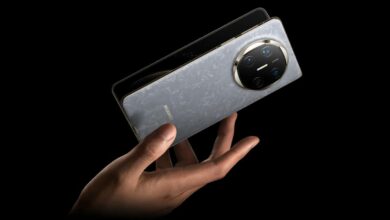You may not be able to remove Microsoft’s recall feature

Microsoft’s artificial intelligence (AI) feature Recall, which is not yet available to the public, reportedly cannot be removed from Windows 11. It was recently said that it would be available to Windows Insiders in the 24H2 version of Windows 11 in preview. Interestingly, that version allowed users to remove the feature. However, a report has claimed that the tech giant has claimed that it was a bug and that users will no longer be able to remove Recall from the operating system once it is fixed.
Windows Recall Removal
Desk mud spotted the feature in the 24H2 version of Windows 11. However, the publication found that Recall could be removed in it. Notably, this is still the beta version of the feature, which is not currently available to public users. The Verge spoke with the company making it clear that it was a bug and that Recall could not be removed in future versions.
“We are aware of an issue where Recall is incorrectly listed as an option under the ‘Turn Windows features on or off’ dialog in Control Panel. This will be resolved in an upcoming update,” the publication quoted Brandon LeBlanc, Windows Senior Product Manager, as saying.
Recall, first announced by the company in June, is one of the major AI features for AI PCs. However, the feature has been criticized by netizens since its announcement. The feature takes periodic screenshots of the PC screen and can use AI to answer user questions about the user’s activity.
This allows users to ask questions like, “What tab was I working on in Google Chrome on the afternoon of July 20?” and the AI can provide the answer and show a snapshot of the tab.
Many voiced concerns about the privacy and security of the feature. In the earliest version of the feature, screenshots were found to be stored unencrypted, allowing anyone with physical access to the device to view the screenshots. The negative reaction resulted in Microsoft removing the feature, claiming that it would be re-released with improvements later.
The company announced several upgrades to the feature the following month, including adding encryption to the folder and integrating it with the Windows Hello security feature. The company also said that the feature would be turned off by default and would require users to give permission to enable it.




